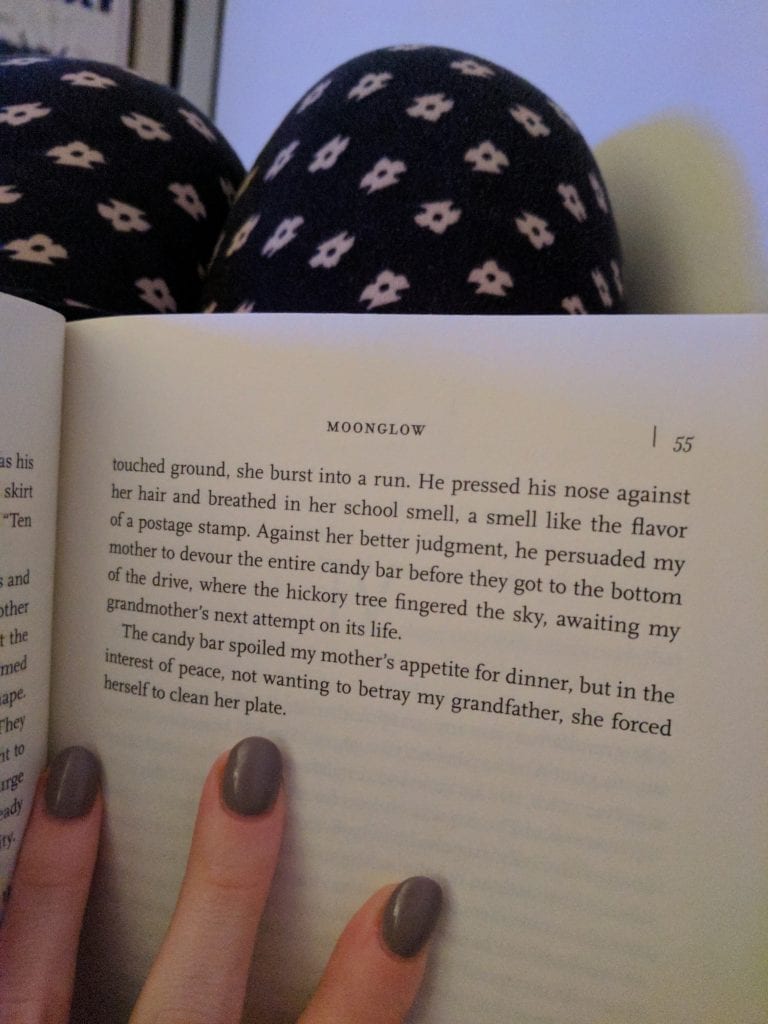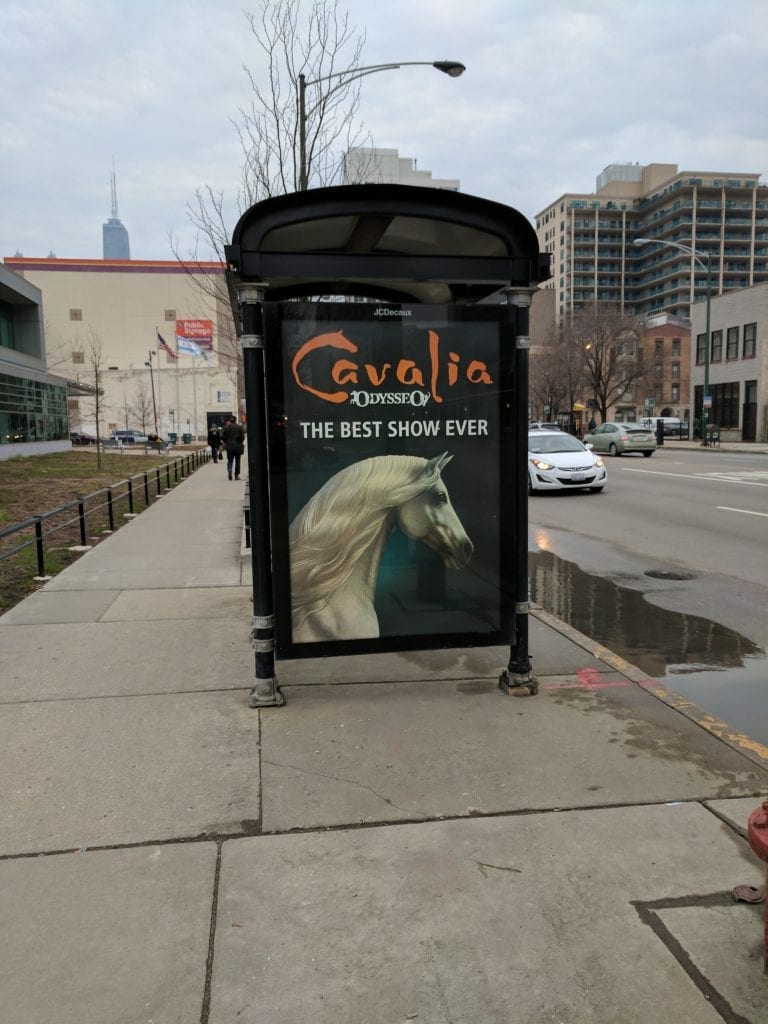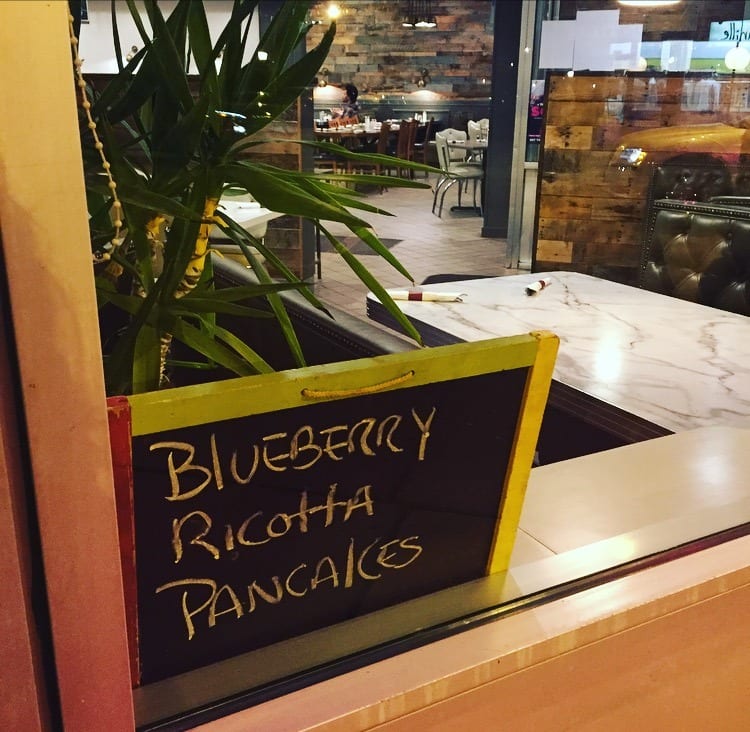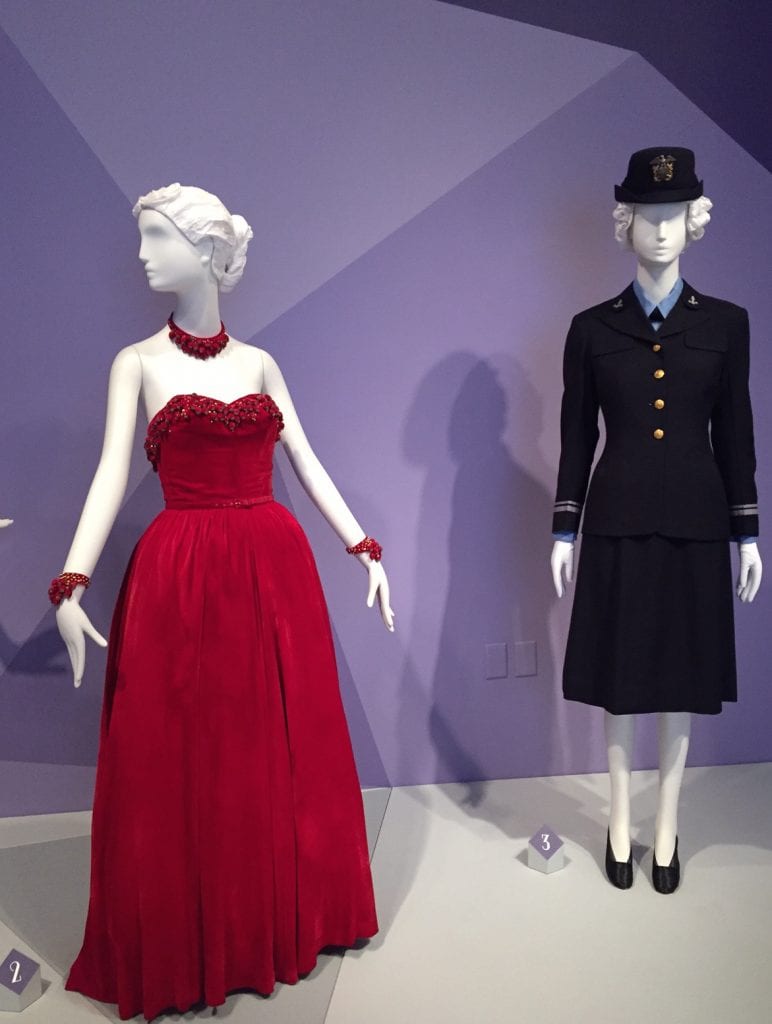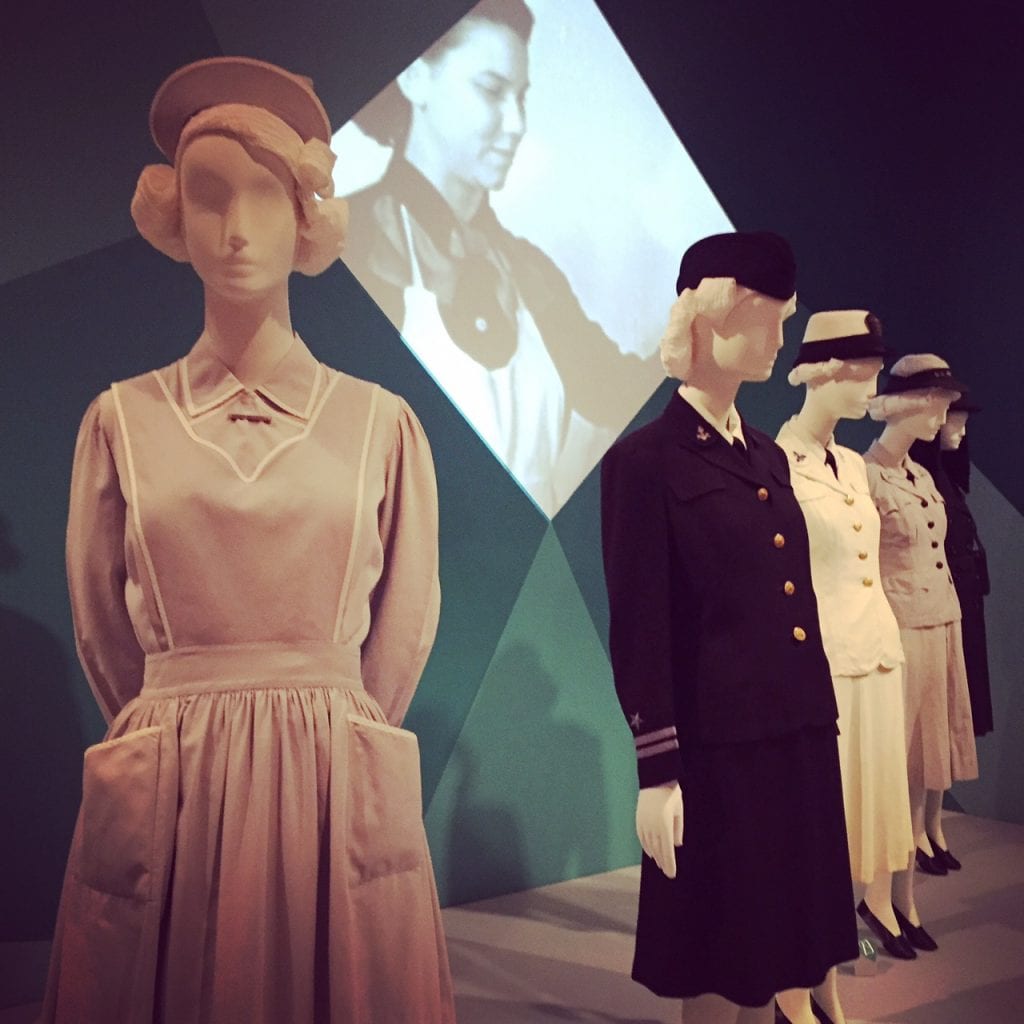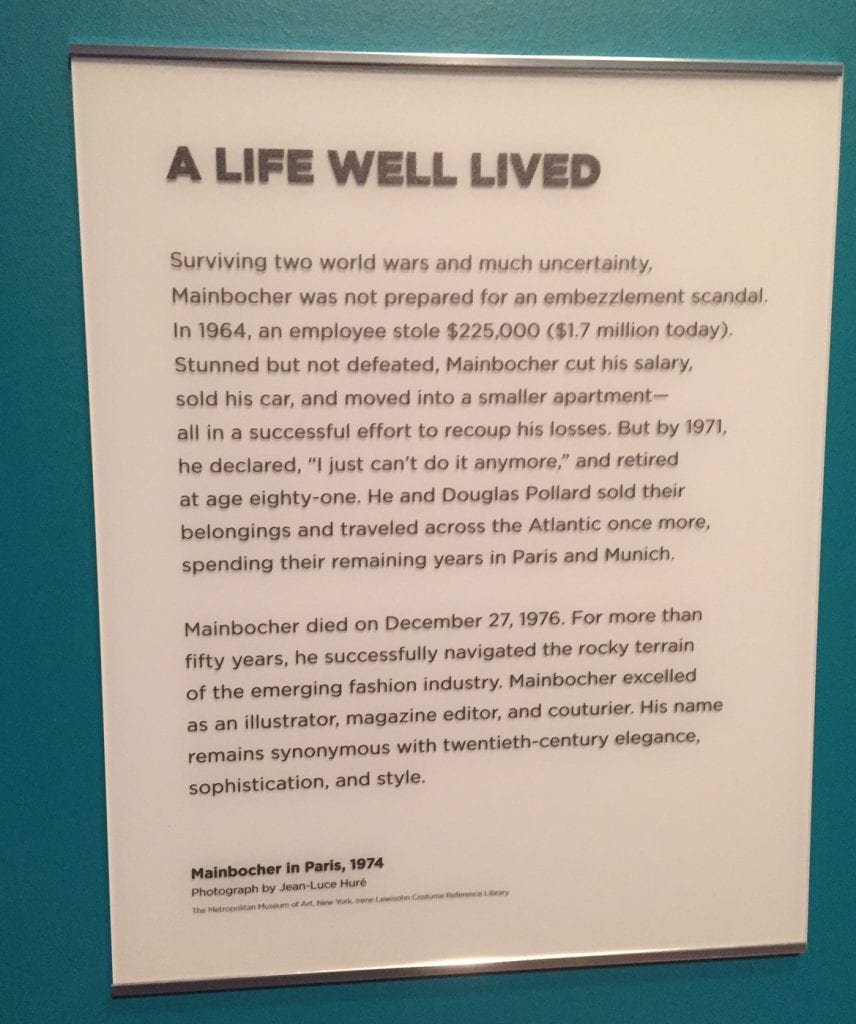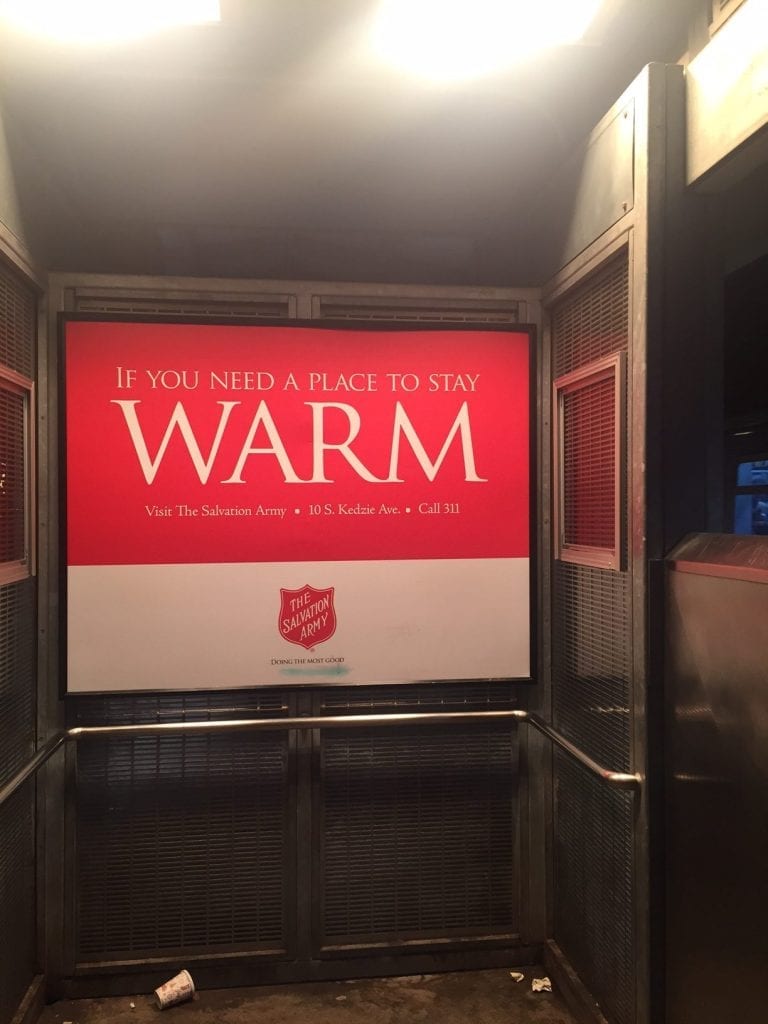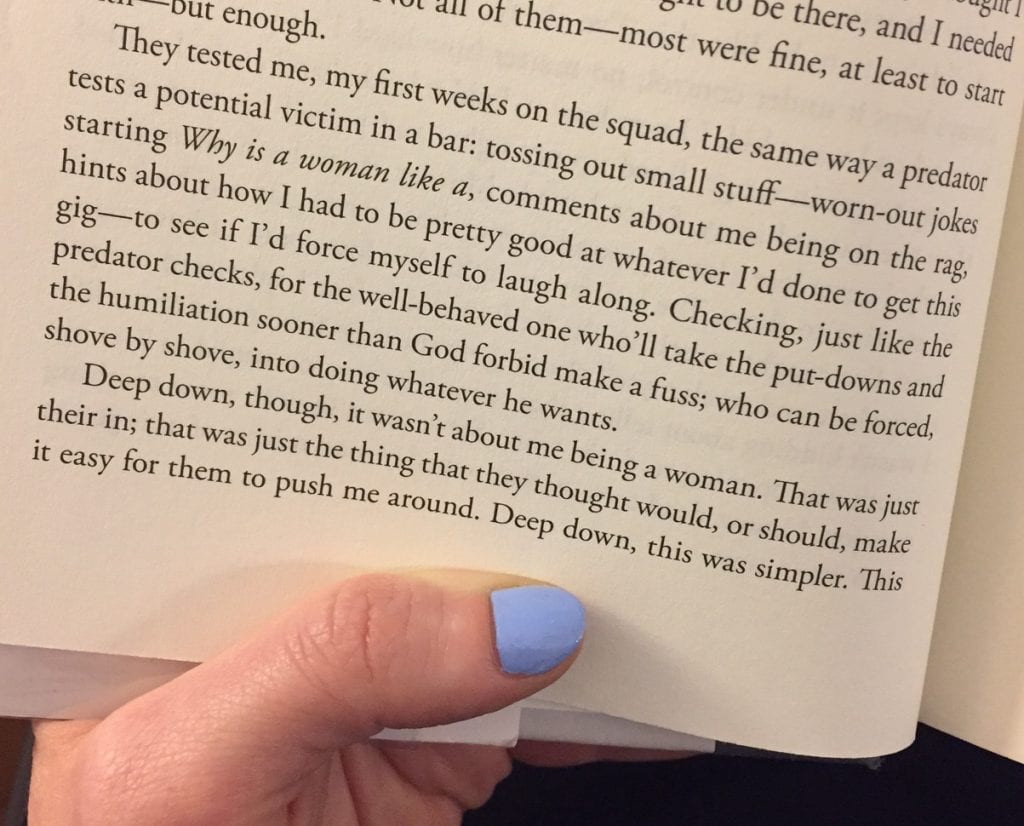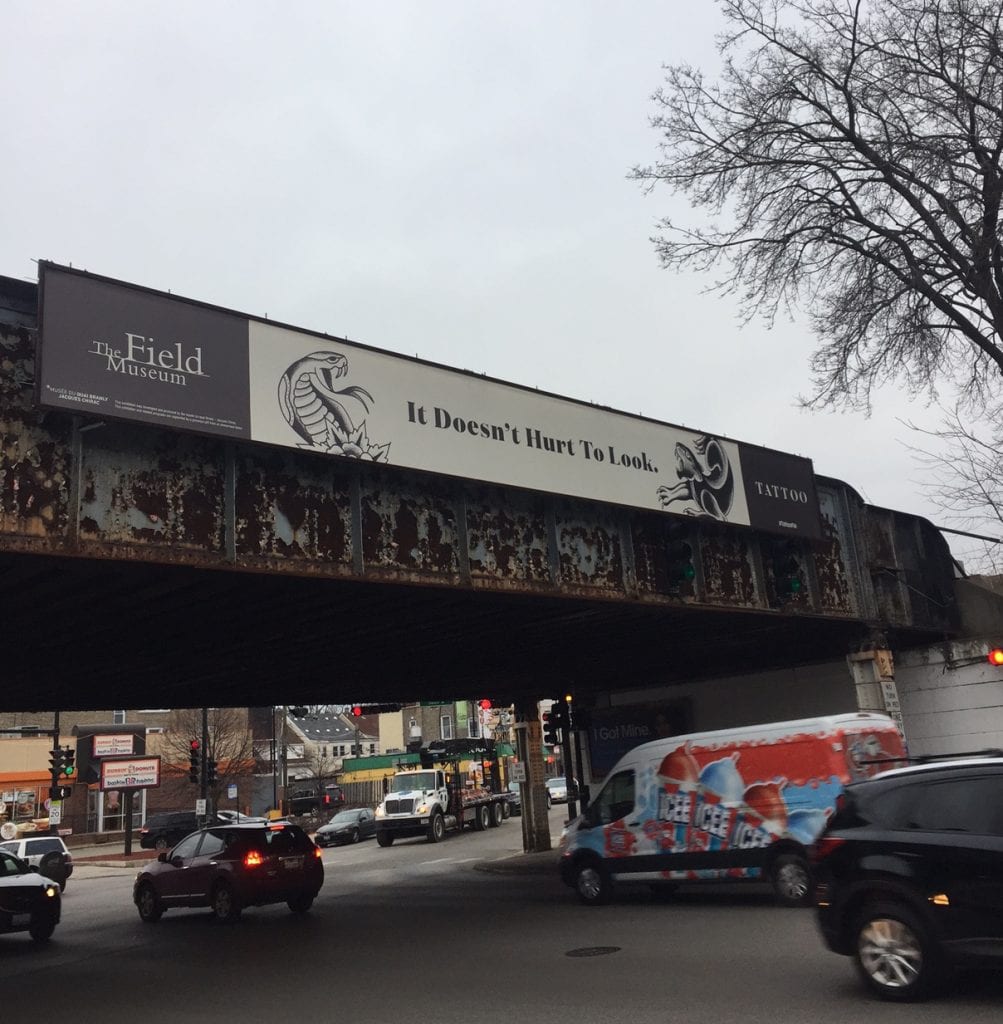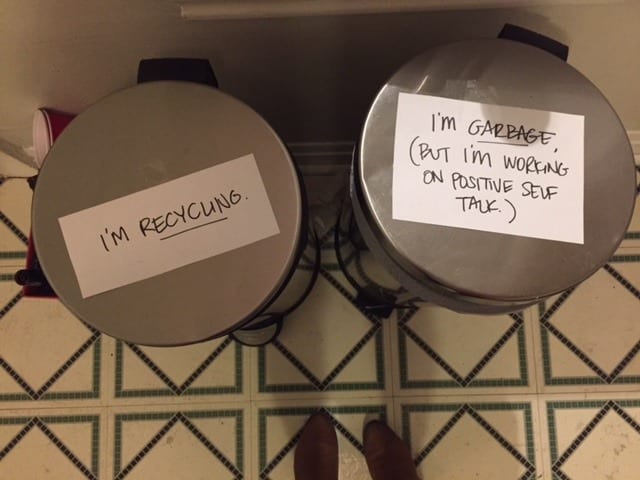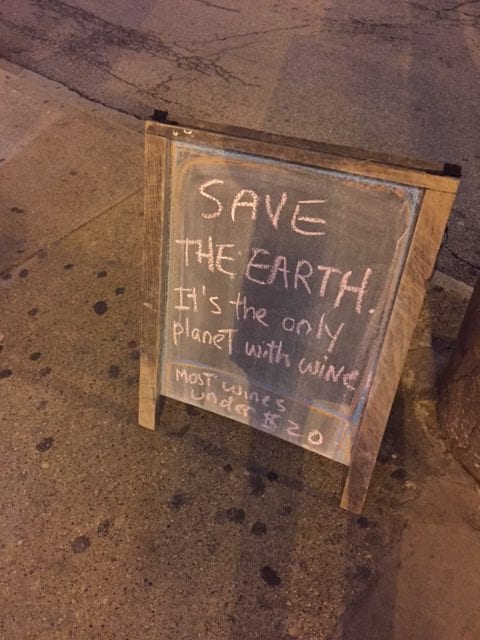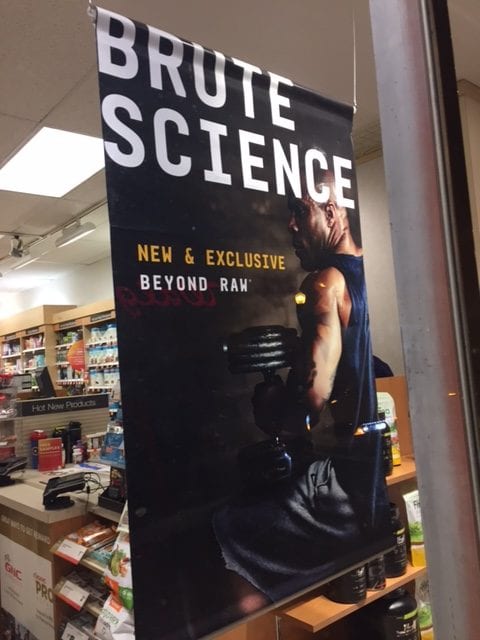Here’s a look at what’s been inspiring me this week. Not included: all the Springsteen image searching I did for “research.”
Tag: words on the street
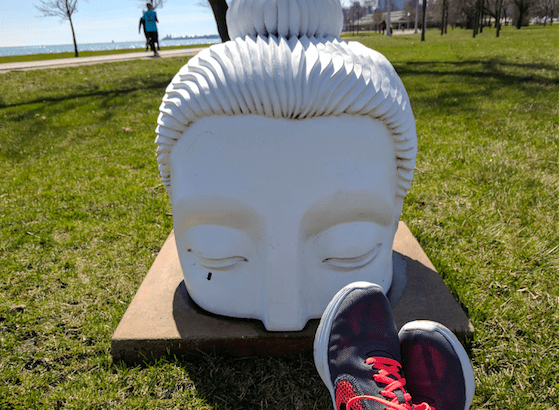
Inspo: A writer’s podcast, new books, and words on the street
“10 Minute Writer’s Workshop”
This podcast published by the New Hampshire Public Radio is my new commute boost. It’s exactly what it sounds like: 10 minutes of writer talk. Each episode features a brief interview with a writer — from an LL Bean catalog writer to a best selling novelist to a TV screenwriter to Patti Freaking Smith — where they ask questions like “What’s your writing routine?” and “Dear god, how do I get as prolific as you?”
My favorite so far has been the interview with short story writer Ottessa Moshfegh.
On getting off social media:
“I think privacy and self protection from the garbage all around us is really important to a writer, especially starting out, when you don’t have those natural filters.”
Check out all the episodes here.
New books
This book, “Books for Living” by Will Schwalbe, was a gift from my brother, a librarian in Ohio. The book is a compilation of essays about Schwalbe’s favorite books and what he has learned about life from each of them. It’s a wonderful reminder of why reading is so, well, also wonderful. It’s always interesting to hear why someone likes a book you also liked and see how they got something different out of it than you did. Shout out to my BFF for the sweet Frida birthday bookmark. Do my people know me or what?
This one’s a library rental so I can’t highlight, but how real is this:
“He pressed her nose against her hair and breathed in her school smell, a smell like the flavor of a postage stamp.“
Michael Chabon’s “Moonglow” is full of showstoppers like this. It’s why he’s a giant.
I wish to swim in all his sentences.
Words on the street
Sometimes the truth is louder as words. Here’s to basic, bold statements…

Inspo: Making Mainbocher, “LaRose” and words on the street
Mainbocher exhibit at the Chicago History Museum
Mainbocher was a Chicago boy who eventually became America’s first couturier. (Couturier is a word I had to Google before I went to this exhibit and it means he was America’s first “fashion designer who manufactures and sells clothes that have been tailored to a client’s specific requirements and measurements.” But not, like, clothes for the basic classes. Think more like Gloria Vanderbilt, of whom he was a fave.)
Mainbocher’s also famous for designing for the Girl Scouts and the uniforms for the WAVES, the volunteer women’s naval reserve of WWII. The WAVES were the first military women to be paid the same as their male counterparts, and part of the appeal of being a WAVE was getting a tailor made designer uniform, which sounds kind of dumb now but was a big deal post-Depression, pre-fast fashion.
Mainbocher didn’t want to be paid anything for these designs, considering it part of his duty as an American. However, all government contracts required payment of some kind. So Mainbocher charged the US Navy exactly $1.
The Chicago History Museum’s “Making Mainbocher” exhibit included a one-night showing of “Homefront Heroines: The WAVES of WWII,” a documentary with interviews starring these interesting women and incredible old footage from their training and work. I loved hearing about what drove them to volunteer for the WAVES–a need for adventure, a sense of independence, a longing to see more than their hometowns, a want for life beyond desk or house work. The strings that pulled them then seem like the same kind wrapped into women like me decades upon decades later. Beyond admiring them, I get these girls.

“LaRose” by Louise Erdrich
Currently reading: “LaRose,” the aching story of two families affected by one tragedy and an old native American tradition that might help them heal. Erdrich is a fantastic writer, obviously, and I’m so moved by the way she’s able to make transitions in this novel. I feel like I’m in a dream when I’m reading–or a nightmare, maybe, considering the story. There’s a lot of dialogue, but she never uses quotes, which adds to the steady but unusual flow of things.
While researching the bookstore she runs with her daughters, I found this, her blog. She writes about what she’s reading and manages to make even those small sentiments feel otherworldly:
After reading The Hidden Life of Trees, by Peter Wohlleben, my daily walks are an entirely different experience. I see the details of a tree’s struggle, the tree’s heroic attempt to repair a slashed limb, to repel invaders, or how so often a root flare buried by a careless landscaper will eventually suffocate the strongest. I see how hard it is to live on a boulevard and not in a forest composed of myriad types of tree with a magical underground connection that can choose to harden against invaders or to sustain young trees with extra food. “The Hidden Life of Trees” is a marvel of understanding and science.
Words on the street
As seen at Goddess and Grocer in River North. Just cute. Happy Valentine’s and Galentine’s Day! Say more with cupcakes.
For those of you who don’t have a city subway, spots like this are located on train platforms. They are where you stand to stay warm (or at least warmer than you would be otherwise) courtesy the heat lamps overhead. That’s why the copy on this Salvation Army ad is so effective. Literally, this is where to stand if you need a place to stay warm, but it also lists the address of the closest Salvation Army, where a person who is homeless for the night can get even warmer. Subtle. Strong. Emotional but informative.
OK, this seems simple but I’ve never seen it before, maybe because I usually go to Facebook to see a location’s hours since I always know where to find it. The hours for the Museum of Science and Industry’s are listed on the hero banner of its home page. So smart. And if the museum has already closed for the day? Then it shows tomorrow’s hours. That’s so helpful, especially when Google or Facebook aren’t updated with holiday hours. This is a great example of copy information users need worked smartly into web design.
Inspo: “The Trespasser,” Chicago in the forties, and words on the street
This paragraph by Tana French
As seen in her new novel, “The Trespasser.” I have loved TF since “In the Woods” came out in ’07. Her work’s a great example of how commercial writing’s intrigue and literary fiction’s finesse can live in one hell of a thriller. I’m a quarter of the way through this new book. While I typically re-read her paragraphs a couple times because I’m struck by how she manages to say so much in four or five sentences, this one is worth pointing out. It’s one of the freshest descriptions I’ve ever seen a no-bullshit female character.
Found Chicago-in-the-summer footage
Summer, can you hear me?! This is must-watch research material for anyone writing a story about Chicago during this time period. Everyone else, take a hit and hit play. 😉
Words on the street (and the paid content bar)
This ad for the tattoo exhibit at the Field Museum made me look twice. Clever.
And then this. Too soon? #whocanturnthegraveoverwithhersmile
Inspo: Words on the street
As seen at a house show.
Just when I thought I’d seen every spirits sandwich board sign in the books, this one shows up.
Love this trend of showing recipes right on the product’s package. It’s hard to see from this pic but there’s an arrow and copy that points to the Triscuit topping. “Top with cottage cheese, peas and mint,” for example.
Brute is my new favorite word! Although, points deducted for “raw”…. eeee….


